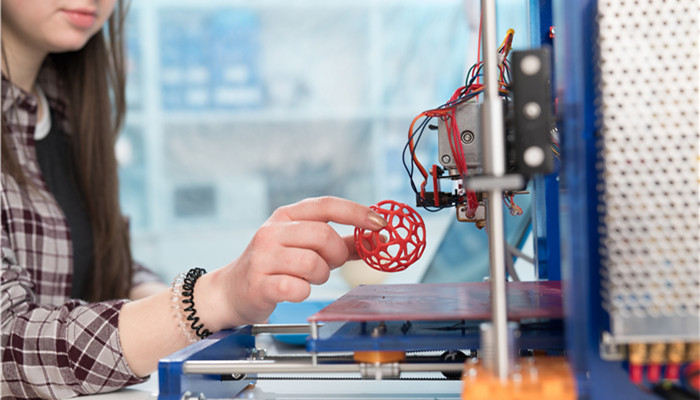
Among cationic polymerization photoinitiators, onium salts account for the major share
Photoinitiators can be divided into free radical polymerization photoinitiators and cationic polymerization photoinitiators according to different initiation mechanisms. Among cationic polymerization photoinitiators, onium salt cationic polymerization photoinitiators are the most used. Onium salt cationic polymerization photoinitiators refer to a type of photoinitiator products containing onium salt cations. Onium salts refer to some organic matter containing oxygen, nitrogen or sulfur that can dissociate into organic cations in aqueous solution.
There are many types of onium salt cationic polymerization photoinitiators, which are mainly divided into two categories: iodonium salt cationic photoinitiators and sulfonium salt cationic photoinitiators. Among them, iodonium salt cationic photoinitiators are divided into two categories: Aryl iodonium salts are represented, and triarylsulfonium salts are the most commonly used cationic photoinitiators of the sulfonium salt class.
The synthesis of diaryliodonium salts is relatively simple. It can usually be synthesized from alkylbenzene under the action of potassium iodate/sulfuric acid/aldehyde anhydride. It has good thermal stability, and its photoreactivity is also high. The maximum absorption wavelength is at The extinction coefficient can be as high as 10 to the 4th power. The S atom contained in the triarylsulfonium salt can be conjugated with three aromatic ring moieties, allowing the positive charges to be dispersed. Therefore, it also has good thermal stability and can cleave and generate polymerization activity after light excitation. In addition, in addition to cationic photopolymerization, diaryliodonium salts and triarylsulfonium salts can also initiate free radical polymerization at the same time, so they are one of the better photoinitiator products.
Industrial Research Center’s ” Global and Chinese Onium Salts in 2023 “In-depth Research Report on the Cationic Polymerization Photoinitiator Industry” shows that currently, with the continued development of global light-curing adhesives, 3D printing and other industries, the demand for cationic photoinitiators has increased, and its demand for cationic photoinitiators has increased. The overall market size is growing. Among them, sulfonium salt cationic photoinitiator products are widely used, have a wide range of applications, and have better performance. They are superior to iodonium salts in terms of UV absorption wavelength, thermal stability, and initiating activity. It is the mainstream cationic photoinitiator product, with a market size of more than 200 million yuan, followed by iodonium salt cationic photoinitiators, which have many types of subdivided products and a market size of more than 70 million yuan. Sulfonium salts and iodonium salts Salt cationic photoinitiators account for almost most of the market share of cationic photoinitiators.
Compared with countries such as Europe, the United States, and Japan, my country’s cationic photoinitiators started late. In recent years, driven by downstream industries, the domestic cationic photoinitiator industry has made significant progress in technology, process improvement, environmental protection, safety and other aspects. The segmented products of cationic photoinitiators have become increasingly abundant, and the overall market size of different types of cationic photoinitiators has It is showing a growth trend, and China’s sulfonium salt and iodonium salt cationic photoinitiators market size ranks among the top in the world. At present, professional cationic photoinitiator manufacturers have emerged in China, such as Zhejiang Yangfan New Materials Co., Ltd., Changzhou Qiangli Electronic New Materials Co., Ltd., and Nantong Xinaxi New Materials Co., Ltd. In the future, China’s cationic photoinitiators will continue to show a growth trend, and onium salts will remain the mainstream products.

 微信扫一扫打赏
微信扫一扫打赏

